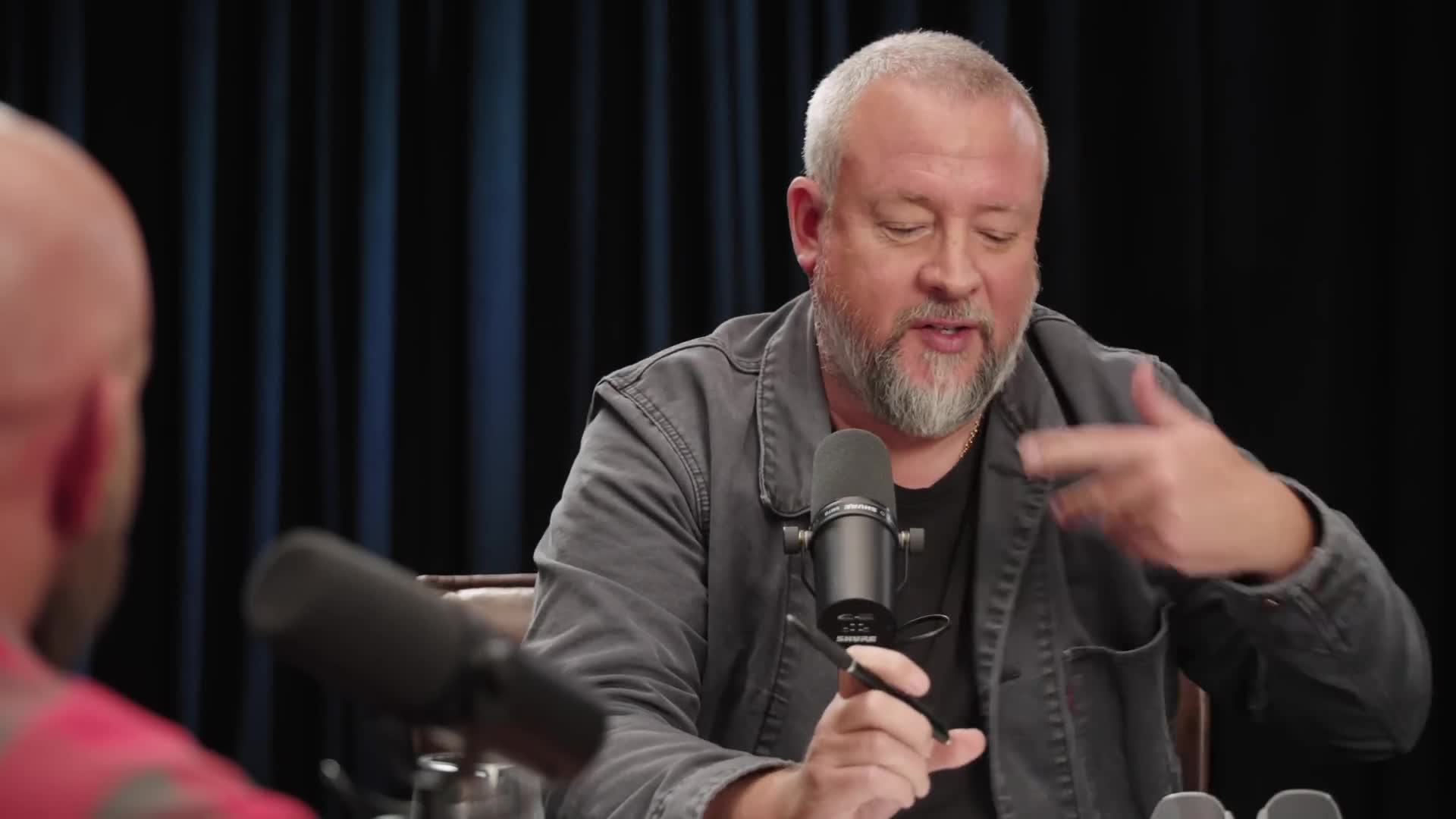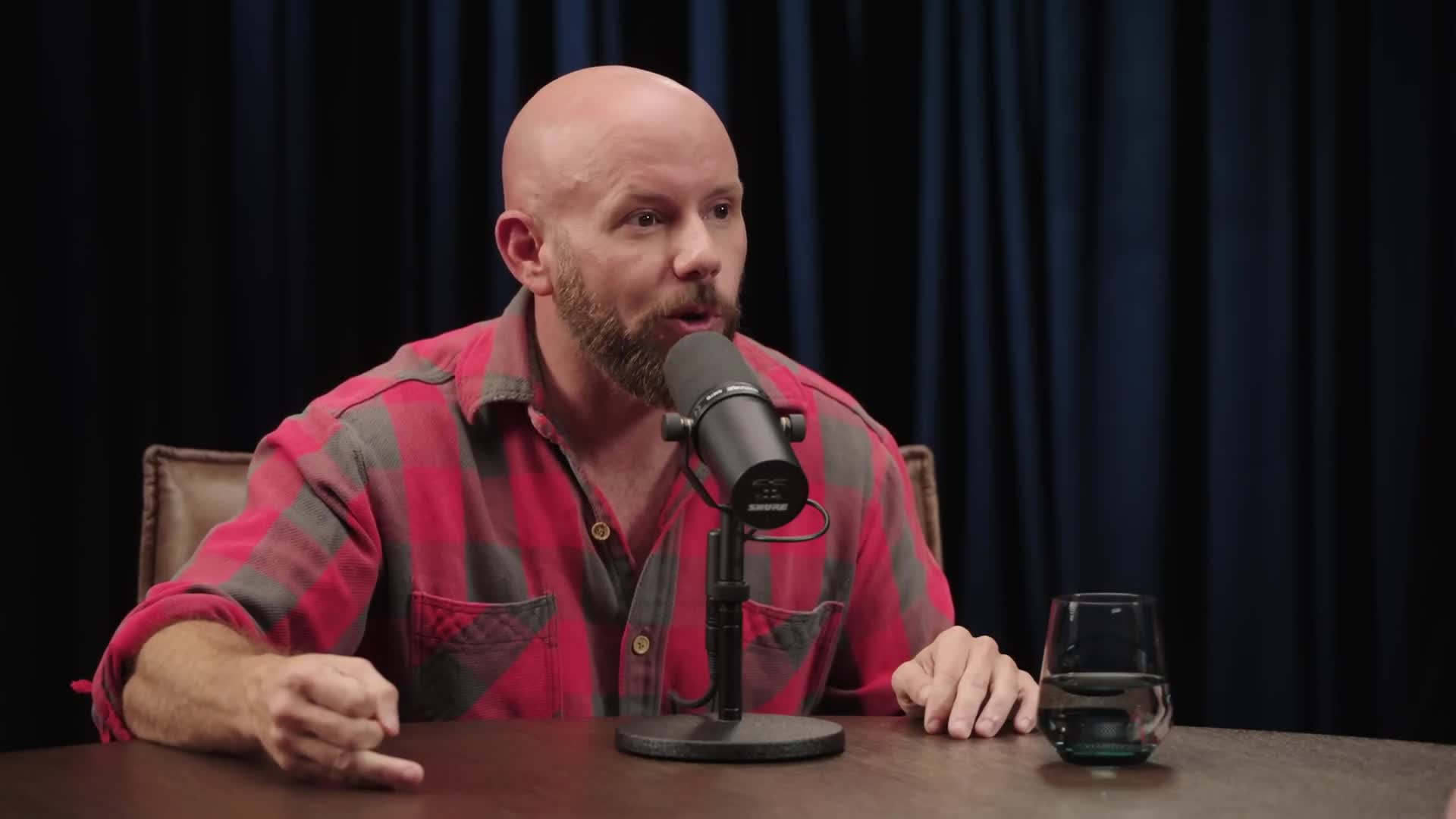Healthcare Policy
Is the American healthcare system broken or intentionally designed to work against patients?
According to the discussion, the American healthcare system is not broken but deliberately rigged against patients. The system is structured in a way that benefits insurance companies and pharmaceutical interests rather than patient wellness. This rigging leads to increased chronic diseases, crises like the opioid epidemic, and creates significant wealth disparities in healthcare access. The speakers emphasize that patients are ultimately paying the price for this intentionally flawed system design.
Watch clip answer (00:20m)What are the positive steps toward fixing the broken American healthcare system?
The key positive step is fostering open dialogue and discussion about healthcare problems, as you cannot solve what you haven't properly diagnosed. Just like in medicine, identifying the root cause through knowledge sharing and transparent conversations is essential for systemic change. Examples of egregious failures like the opioid crisis and COVID-related issues provide clear evidence of where reforms are needed, making it possible to develop targeted solutions through informed public discourse.
Watch clip answer (00:40m)How do insurance companies and pharmaceutical companies work together to prioritize profits over patient care in the healthcare system?
Insurance companies like United Healthcare create systemic barriers that delay patient care and drive profits through strategic partnerships with pharmaceutical companies. When patients finally receive surgery approval after lengthy waits, they're often forced to use specific hospitals and providers chosen by insurers rather than their preferred doctors. The prolonged delays and inadequate treatment options frequently lead patients to opioid dependency, which creates additional revenue streams for insurance companies through kickback arrangements with pharmaceutical companies. This profit-driven model prioritizes financial incentives over genuine patient health outcomes, creating a cycle where corporate interests dominate healthcare decisions while patients suffer from delayed care and increased addiction risks.
Watch clip answer (00:43m)How did the opioid crisis exemplify the systemic failures and corruption within the pharmaceutical industry?
The opioid crisis represents a devastating example of how pharmaceutical companies, insurance corporations, and regulatory bodies prioritized profits over patient welfare. Brigham Bueller highlights how misaligned incentives and corporate greed led to the overprescription of opioids, creating widespread addiction. The crisis demonstrates systemic corruption where financial interests overshadowed human lives, resulting in tragic personal stories like Bueller's own family experience with addiction. While fines have been imposed on companies, the human cost far exceeds any financial penalties, underscoring the urgent need for healthcare reform that truly serves patients rather than corporate profits.
Watch clip answer (00:56m)How did the opioid crisis transition from prescription medications to illegal drug use, and what role did various institutions play in this crisis?
The opioid crisis evolved through a chain of institutional failures and profit-driven decisions. Purdue Pharma deliberately misled the public about opioid addiction risks, while the FDA failed to provide adequate oversight. Insurance companies compounded the problem by creating barriers to proper treatment. When authorities finally tightened prescription regulations, patients who had become dependent on medications like OxyContin were forced to seek illegal alternatives like heroin on the streets. This transition was particularly devastating for populations like veterans, who received excessive prescriptions through the VA system and later found themselves navigating dangerous illegal drug markets despite having no prior experience with street drugs.
Watch clip answer (01:31m)What is the pharmaceutical industry's approach to addressing childhood obesity in America?
Pharmaceutical companies are currently petitioning the FDA to expand GLP-1 drug indications for children under 12 and working with Congress to secure Medicare and Medicaid coverage for pediatric weight-loss treatments. This represents their primary solution to America's childhood obesity crisis - prescribing medication rather than addressing underlying causes. The speaker expresses concern about this medicalized approach, suggesting it may be excessive to put young children on weight-loss drugs as the primary intervention for obesity.
Watch clip answer (00:23m)




